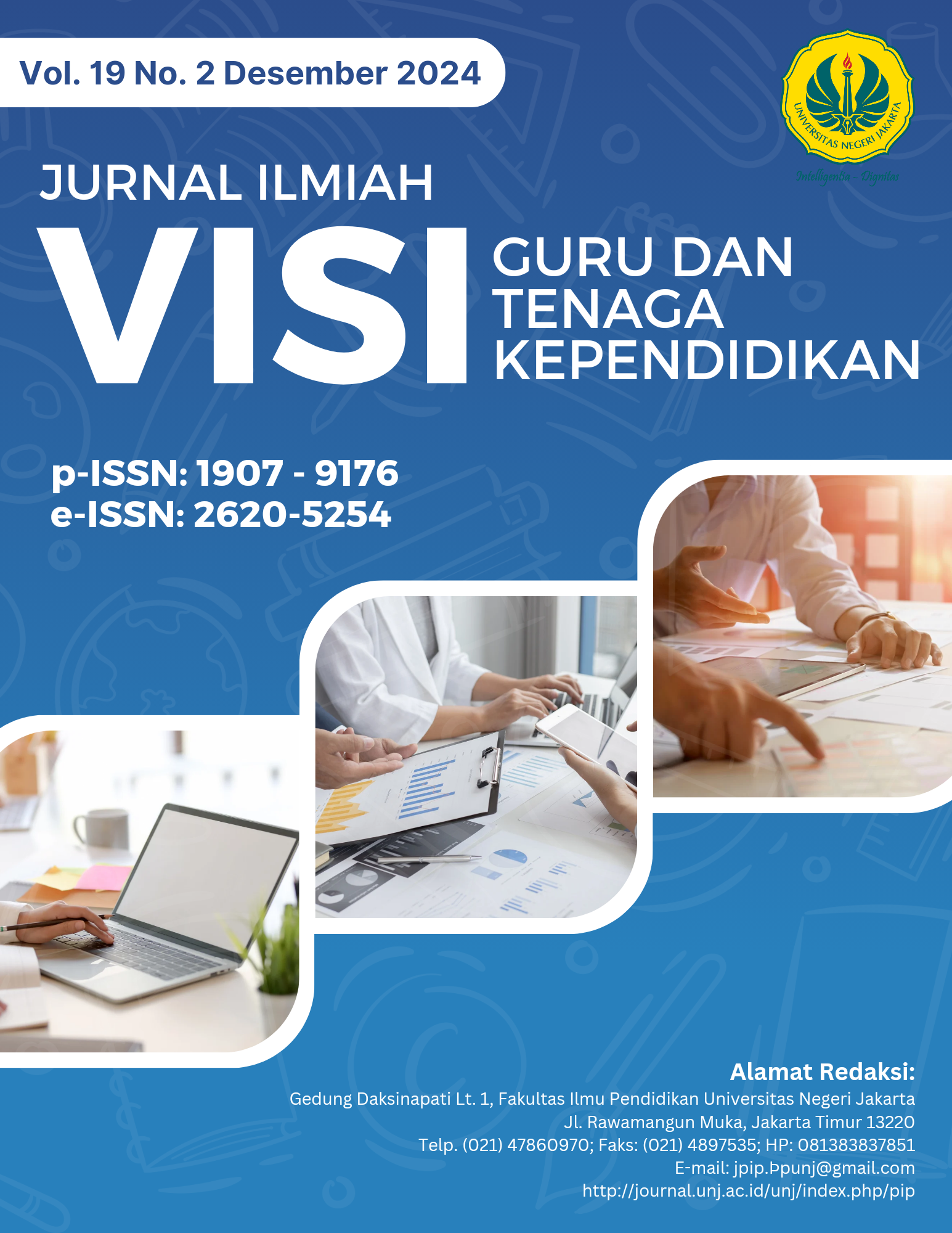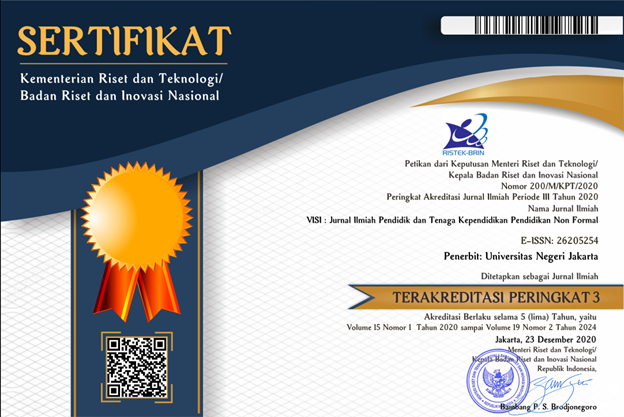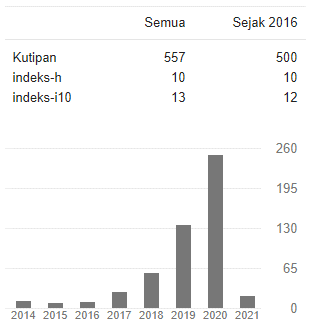Use of Marketing Animation Video Media to Increase Online Sales Knowledge of PKBM Learning Citizens
DOI:
https://doi.org/10.21009/JIV.1902.3Keywords:
Online Sales Knowledge, Marketing Animation, Video MediaAbstract
Community economic empowerment includes strengthening aspects of production, distribution, and product sales involving various aspects of both the community and sales policies. Entrepreneurship not only creates jobs but also contributes to economic growth and independence of local communities such as the PKBM Maritim Labuan program on online sales via WhatsApp, Facebook, and Instagram. The use of animated marketing videos aims to improve online sales knowledge of PKBM Maritim Labuan students This study aims to improve online sales knowledge of PKBM Maritim Labuan students through the use of animated marketing video media. This research approach uses a quantitative method. The location of this research is at PKBM Maritim Labuan in Kp. Makui, Kalanganyar Village, Labuan District, Pandeglang Regency, Banten Province. The time used by researchers for this research was carried out from November 2023 to June 2024. The results of the study showed that the use of animated marketing video media can improve online sales knowledge of PKBM Maritim Labuan students based on an assessment of feasibility, practicality, and effectiveness. The use of virtual promotional media on a product's social media should consider a platform that is suitable and
appropriate for consumers or prospective buyers. In addition, online marketing and sales should be observant in seeing and reading every opportunity that exists in meeting customer needs. This online sales knowledge is expected to increase sales by creating an entrepreneurial network using social media.
Downloads
Published
How to Cite
Issue
Section
License
Copyright (c) 2024 Nisa Nursundanis Multisuandi

This work is licensed under a Creative Commons Attribution-NonCommercial-ShareAlike 4.0 International License.
Authors who publish with this Journal agree to the following terms:
- Author retain copyright and grant the journal right of first publication with the work simultaneously licensed under a creative commons attribution licensethat allow others to share the work within an acknowledgement of the work’s authorship and initial publication of this journal.
- Authors are able to enter into separate, additional contractual arrangementfor the non-exclusive distribution of the journal’s published version of the work (e.g. acknowledgement of its initial publication in this journal).
- Authors are permitted and encouraged to post their work online(e.g. in institutional repositories or on their websites) prior to and during the submission process, as it can lead to productive exchanges, as well as earlier and greater citation of published works.
- Users/public use of this website will be licensed to CC BY-NC-SA Creative Commons Attribution-NonCommercial-ShareAlike 4.0 International License









